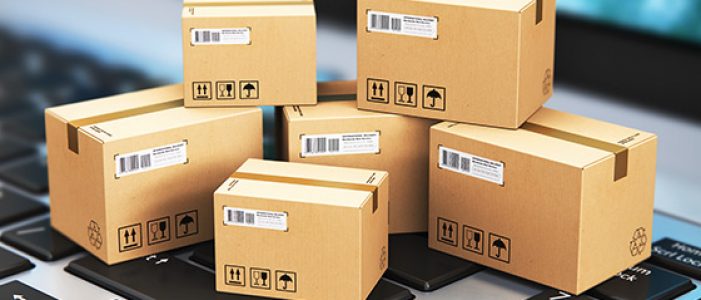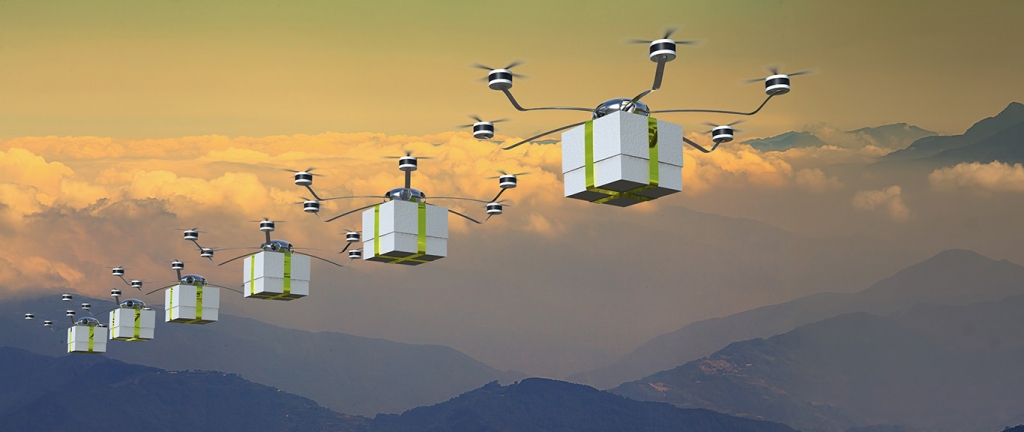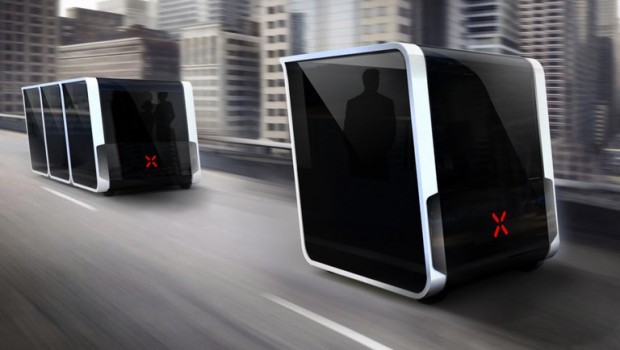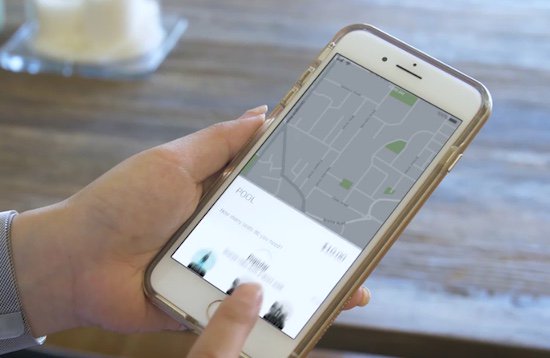
In recent years, the last mile delivery industry has captured the attention of many investors and media due to the significant growth of the market. In mature markets such as Germany and US, the last mile delivery industry has grown between 7 to 10 percents, whereas the developing markets such as India has grown almost 300 percent in 2015.
Unsurprisingly, e-commerce is the key contributor to this growth, which has shifted the market from B2B to B2C. Online platforms such as Amazon, Lazada, Shopee has democratized the commercial activities by enabling anyone to sell online.
Despite the growth in the last mile industry, it is commonly known that many incumbents are struggling to reduce the labor cost to gain a competitive advantage among others. Hence, it is essential for the development of new business models and technologies to address this issue.
Here are some potential examples of how the last mile delivery will be envisioned in the future:
- Drone Delivery
Companies such as Amazon and UPS have been investing in the usage of the drone to deliver parcels, particularly to rural areas. Airbus has also successfully completed its first flight trial at National University of Singapore recently.
Drone delivery could potentially reduce the cost to $1 per shipment. However, there is a limitation on the parcel weight for the delivery up to ~5kg. Nonetheless, the usage of the drone is significant to deliver small and light items to those unreachable areas.
Photo credit: Wallstreet.com - Autonomous Guided Vehicle (AGV)
Being able to reduce the labor cost is one of the goals for all last mile delivery incumbents to gain a competitive advantage. Being an industry with a margin between 2 to 5 percent, a 40 percent saving in delivery costs would translate into a 15 to 20 percentage point increase in profit margin or a 15 to 20 percent cut in prices. With the increase in living cost that translates to the increase in wage, the advantage of autonomous delivery forms will increase further.
It is predicted that AGVs will replace the current traditional form of delivery. In addition. AGVs with lockers will create superior value to the customers by providing additional services, such as overnight pick up and weekends delivery. Time is no longer a limitation for the parcel delivery.
Photo credit: DS&F - Crowdsourcing
Crowdsourcing delivery is another alternative option that provides flexibility to the companies to cope with the fluctuating demand, especially during peak period. Any member could sign up on a crowdsourcing platform and choose to complete a specific delivery order. It leverages on the uses of different assets and get access to a cheaper, less regulated labors. With an increasing standard in the security system to combat the potential quality issue, we can expect crowdsourcing service to flourish as a supplementary service to the current delivery options.
Photo credit: Renew Economy
To summarize, we can expect a tremendous growth on the last mile delivery industry, as well as the significant changes in the operation model. It is crucial for all incumbents to develop a strategy that suits the market environment and the company’s strength. Most importantly, customers will be able to enjoy a delivery service that is efficient yet satisfying.


